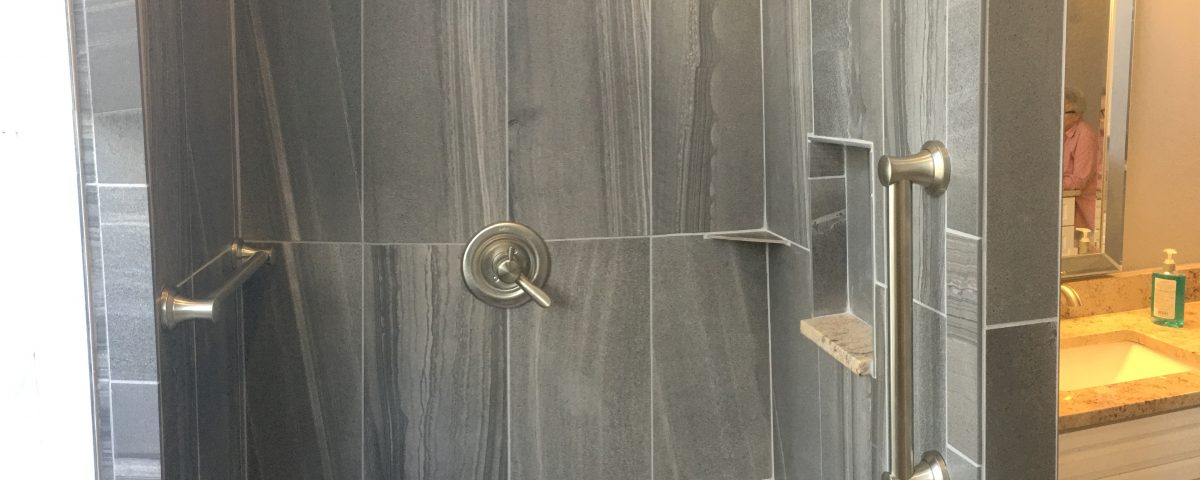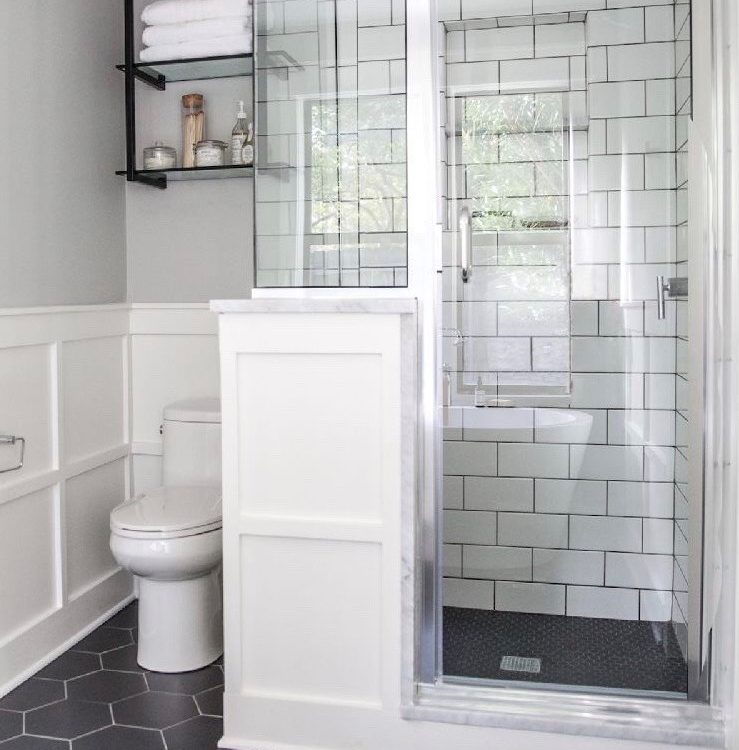- Contact Us:
- 321.868.1003
- derman@digital.net
Aging in Place with Technology

Simple Changes Can Transform A Home’s Exterior
February 22, 2018
Hurricane Season is Upon Us Again (June 1- November 30, 2018)
April 4, 2018According to AARP, almost 90 percent of seniors would like to stay in their home as they age. This idea of aging in place — growing older where you already live, typically not in a health-care environment — continues to be a popular choice among seniors able to live without a lot of assistance.
However, as this population ages in homes that haven’t been designed for their lifestyles, there are considerable risks to elderly people’s health and safety. Many seniors aging in place may not have access to caretakers or health-care professionals on a day-to-day basis. Accidents and falls are a major concern for people living alone.
With the growing popularity of aging in place, gerotechnology can help seniors live in their homes with ease and safety.
Here are a few new technologies designed to foster aging in place:
- Wearable tech monitors your movements: Devices that monitor and track your health are becoming more popular among all age populations. However, for seniors aging in place, especially those without a caretaker in the home, these technologies can be lifesaving.
For example, falls are a leading cause of death for adults 65 and older. Fall alerts are a popular gerotechnology that has been around for many years but have now improved. This simple technology can automatically alert 911 or a close family member the moment a senior has fallen. In aging-in-place situations where stairs may be present, these are invaluable devices that are lifesaving.
Besides falls, health data can be collected through wearable technologies like smartwatches. Heart rate and step exercise can be checked at any time — features that are useful for active seniors.
- Healthy technologies bring the doctor to you: One of the big advantages of aging in place is living within the same community that you are used to being around. Many who choose to age in place want to keep an active lifestyle for as long as possible.
As mobility becomes difficult, it may be tedious to make it to the doctor’s office. Many doctor’s offices now offer video consultation for those who cannot come in for an appointment. This technology is ideal for those aging in place and suffering from minor ailments that do not require an in-person visit.
Moreover, medication regimens can be difficult to follow and misuse of a prescription can lead to negative health outcomes. One technology on the rise, especially for seniors without assistance in the home, are pill counters designed to alert and properly dispense all medications that need to be taken at once.
- Sensors and design at home:Many seniors who are aging in place do not have the ability to completely redesign their existing home to properly fit the best recommendations for aging in place. However, there are technologies designed for the home as well that can enhance aging in place.
Activity sensors through the house are becoming more and more popular to monitor loved ones who are living unassisted at home. These sensors can be placed in many discreet locations around the house: doors, cabinets, windows, beds, etc. These sensors can track movement around the house and report back to a caretaker or a loved one. If these sensors haven’t tracked movement in several days, alerts can be set up to ensure the proper person is notified to check in on the elderly person.
The bedroom is another place where small tweaks can be made for comfort. Adjustable beds and mattresses can provide comfort but also reduce symptoms of many pains. For arthritis, firm beds and memory foam can provide comfort while sleeping. Sleep apnea, acid reflux and circulation can be improved with an adjustable base bed frame.
- Traditional smart home technology: Finally, the technology boom for seniors and aging in place aren’t limited only to the market that specializes with older living. Instead, many of the technologies that are up and coming in the home should be used by an aging-in-place population. Most devices can be run through applications on a phone, and while there may be a slight learning curve, this technology should be embraced to enhance aging in place.
Other common technologies from a smart home that can be used by seniors: smart lights for hassle-free professional lighting; smart security cameras that can be placed in the home for monitoring by caregivers; and personal assistance devices like Amazon Alexa and Google Home have features that can set reminders to take medications. These emerging technologies retrofit around existing finishes to create a more comfortable living environment.
These technologies are evolving. As the population continues to age, these technologies will be more important than ever.


